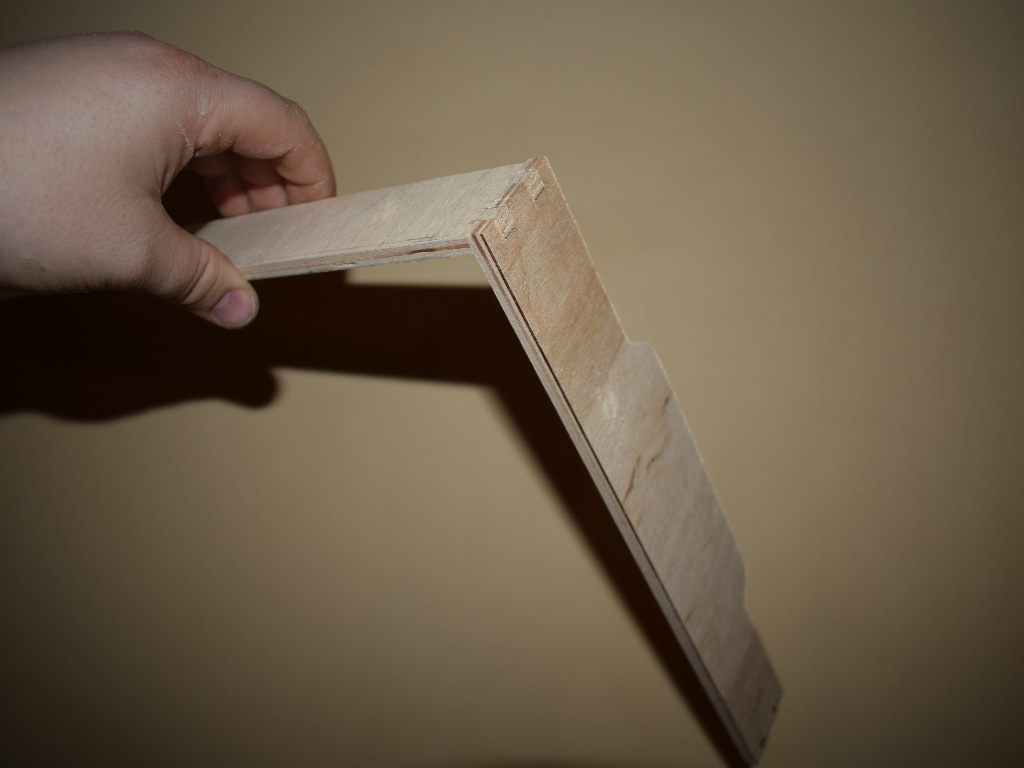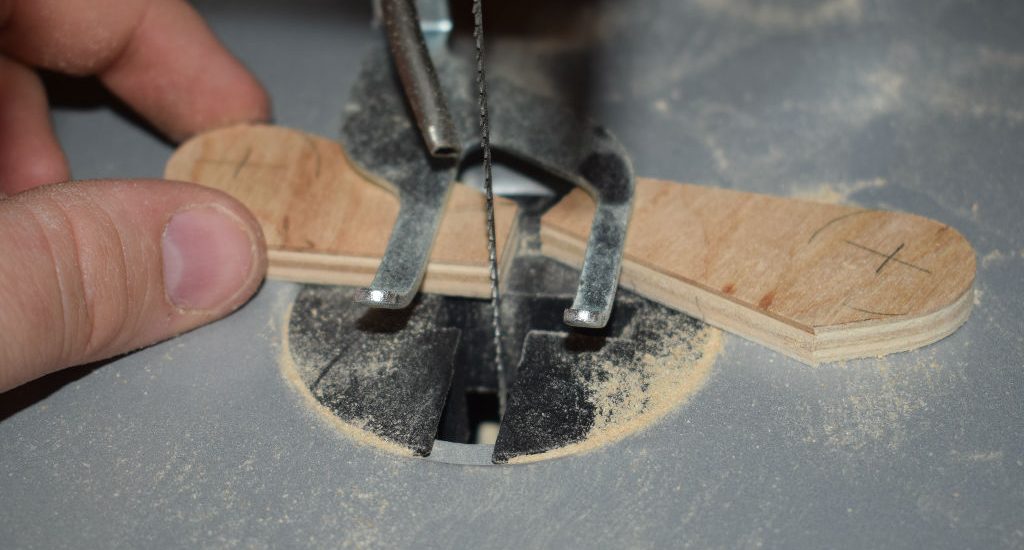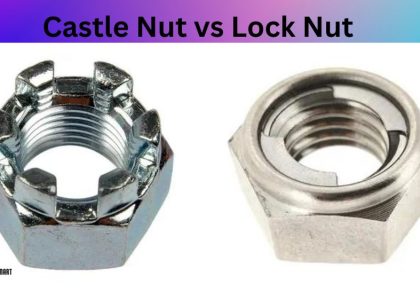Screws are vital components in construction, manufacturing, and DIY projects due to their versatility and strength. This article explores various aspects of screws, addressing common questions and providing insights into their usage and types. Additionally, we’ll examine how screws interact with other construction materials, such as geotextiles.

What are the Different Types of Screws?
Screws come in a range of types, each designed for specific applications:
- Wood Screws: Have a coarse thread for gripping wood securely.
- Machine Screws: Feature uniform threads, used with nuts or tapped holes in metal or plastic.
- Self-Tapping Screws: Create their own thread in materials like metal and plastic, reducing the need for pre-drilling.
- Deck Screws: Specifically made for outdoor decking, often coated to resist corrosion.
- Drywall Screws: Have a bugle head and are used to attach drywall to wooden or metal studs.
Each type is designed to ensure optimal performance in its respective application, guaranteeing durability and strength.
How Do You Choose the Right Screw for Your Project?
Choosing the appropriate screw involves considering several factors:
- Material: Match the screw to the material—wood, metal, or plastic.
- Length and Diameter: Ensure the length is enough to hold materials together securely, and the diameter matches the pre-drilled hole or nut.
- Coating: For outdoor or moisture-exposed projects, choose screws with corrosion-resistant coatings.
- Head Type: Select the head type that matches the tool you will use for driving the screw.
Selecting the correct screw is essential for the structural integrity and longevity of your project.
How Do Screws Compare to Nails in Construction?
Screws and nails each have their unique advantages and disadvantages:
- Holding Power: Screws offer greater holding power and are less likely to loosen over time.
- Ease of Removal: Screws can be easily removed and reinstalled, making them ideal for projects requiring adjustments.
- Speed: Nails can be driven quickly, making them preferable for fast assembly tasks.
- Shear Strength: Nails generally offer better shear strength, making them suitable for framing and structural applications.
Often, screws and nails are used together to leverage the strengths of both fasteners.
How are Screws Used in Conjunction with Geotextiles?
Geotextiles are permeable fabrics used in construction to improve soil stability, provide erosion control, and aid in drainage. While screws are not directly used with geotextiles, they play a role in installing structures that incorporate geotextiles. For instance, in retaining walls where geotextiles reinforce the soil, screws may secure the wooden or metal frames. Additionally, screws are used to assemble frames or anchor points that support geotextiles in erosion control barriers or drainage systems.
Screws are vital fasteners in various applications due to their versatility, strength, and ease of use. Understanding the different types of screws and their appropriate uses ensures successful and durable construction projects. While screws and geotextiles serve different functions in construction, they often work together to create stable and efficient structures. By choosing the right screw for your specific needs, you can enhance the quality and longevity of your projects.


